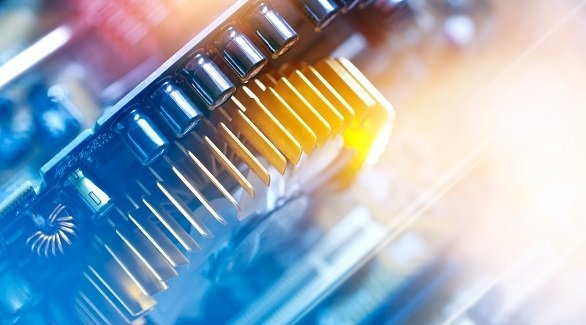NASA’s Juno spacecraft, launched in 2011, has reached Jupiter, providing unprecedented information about our solar system’s largest planet.

Photo Credit: Flickr Creative Commons
Juno’s arrival at Jupiter on July 4 was a massive milestone. The spacecraft will work toward understanding the origin and evolution of the planet. The hope is that prolonged study of the gas giant will reveal “the fundamental processes and conditions that governed our solar system during its formation,” according to NASA.
Gaining a better understanding of the origin of Jupiter will provide a path toward better understanding how groups of planets form around stars (like our Sun), how our solar system came into being, and how the Earth itself was formed.
Among the data collected will be a map of Jupiter’s magnetic field, the amount of water in Jupiter’s atmosphere, an investigation of the possible existence of a solid planetary core, and observation of the planet’s intense, beautiful auroras. Juno will also seek to get a better understanding of the composition, temperature, and cloud motion of Jupiter’s atmosphere.
Jupiter’s Beginnings
 Current theories on how Jupiter formed generally begin with “the collapse of a giant cloud of gas and dust, or nebula, most of which formed the infant sun.” Part of this is because the gaseous content of Jupiter and the Sun are the same: predominantly hydrogen and helium. While the theories assume that Jupiter formed shortly after the Sun by collecting the excess debris, it’s not clear how that happened. “Did a massive planetary core form first and gravitationally capture all that gas,” NASA says, “or did an unstable region collapse inside the nebula, triggering the planet’s formation? Differences between these scenarios are profound.”
Current theories on how Jupiter formed generally begin with “the collapse of a giant cloud of gas and dust, or nebula, most of which formed the infant sun.” Part of this is because the gaseous content of Jupiter and the Sun are the same: predominantly hydrogen and helium. While the theories assume that Jupiter formed shortly after the Sun by collecting the excess debris, it’s not clear how that happened. “Did a massive planetary core form first and gravitationally capture all that gas,” NASA says, “or did an unstable region collapse inside the nebula, triggering the planet’s formation? Differences between these scenarios are profound.”
At the Planet’s Core
Through the study of the gravitational and magnetic fields of Jupiter, Juno will help to determine whether the planet has a solid mass inside. If it does, there’s a lot we can learn about the Earth from Jupiter. This would reveal the role of proto-planets, which carry the building blocks of life.
Jupiter’s massive gravitational pull allowed it to hold onto its original elements, giving scientists a way of tracking the solar system’s history through Jupiter’s composition.
Next Steps
 That’s a lot of information for Juno to gather, and it may take years to fully understand the depth of information gathered, but the project really starts now. Juno will orbit Jupiter for the next 20 months, a total of 37 complete orbits. Juno will “de-orbit” into Jupiter in February of 2018. This incredible mission is just the second of NASA’s New Frontier Program, following in the footsteps of the Pluto New Horizons mission that, after nine-and-a-half years, flew past Pluto last July.
That’s a lot of information for Juno to gather, and it may take years to fully understand the depth of information gathered, but the project really starts now. Juno will orbit Jupiter for the next 20 months, a total of 37 complete orbits. Juno will “de-orbit” into Jupiter in February of 2018. This incredible mission is just the second of NASA’s New Frontier Program, following in the footsteps of the Pluto New Horizons mission that, after nine-and-a-half years, flew past Pluto last July.
If this all sounds pretty amazing, it’s because it is. From the planned journey to Mars in the 2030s to commercial space travel, there are exciting things happening off-planet right now. If you want to get deeper into this world, check out our checklist for a NASA career.







Leave A Comment
You must be logged in to post a comment.